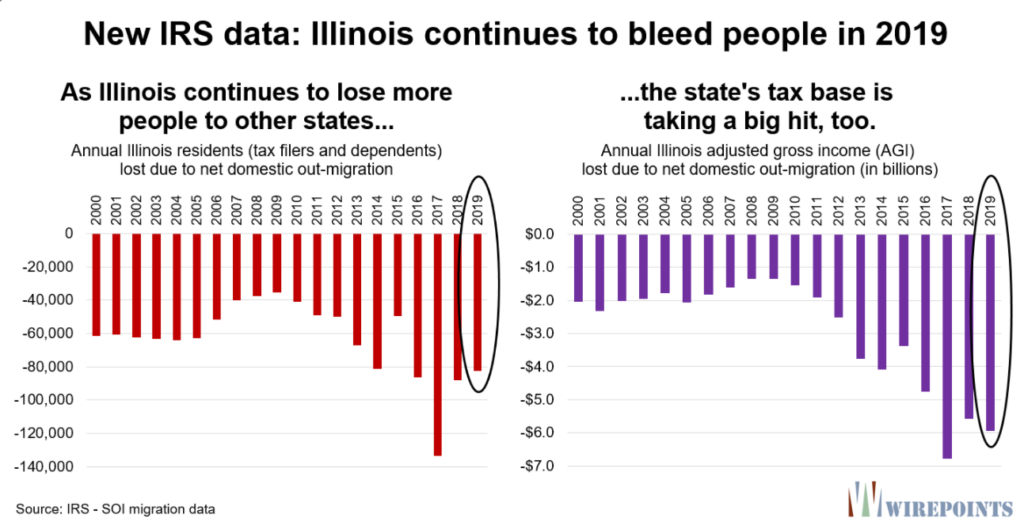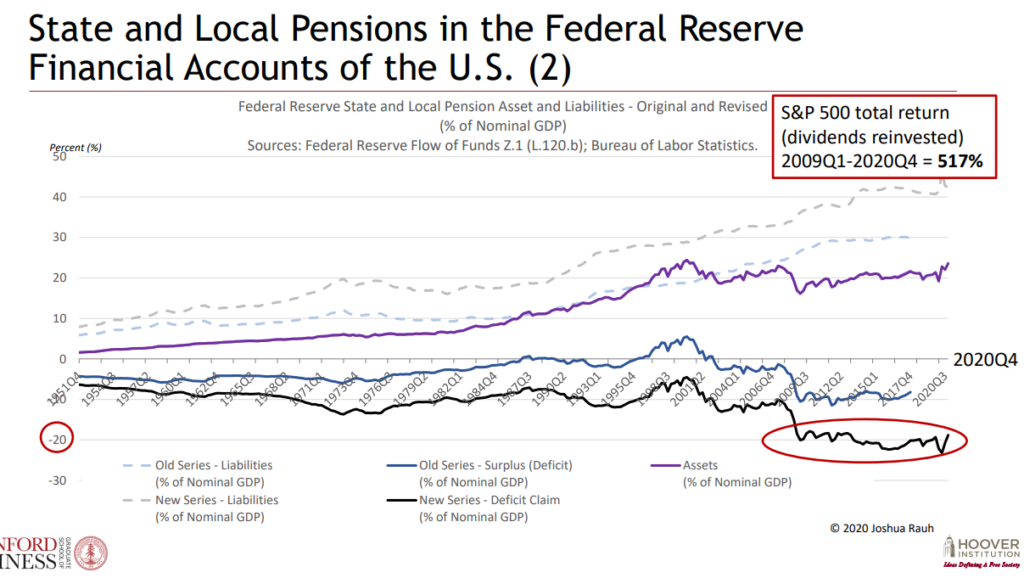Link: https://www.wsj.com/articles/jbs-meat-plants-face-slow-restart-after-cyberattack-11622633982
Graphic:

Excerpt:
A ransomware attack against JBS SA sent shock waves throughout the U.S. food industry and exacerbated tension between Washington and Moscow, even as the meatpacker restarted plant operations.
JBS said most of its plants resumed operations Wednesday, though some shifts and processing operations remained suspended, according to individual plants’ social-media posts.
….
Meat supplies were already tight before the cyberattack. Surging demand from reopening restaurants, along with production problems at meat plants, are driving up costs of bacon, chicken wings and other products as people continue to make big grocery purchases. Some restaurants and supermarkets have raised prices for consumers as a result.
Distributor Gordon Food Service Inc. bought meat from other suppliers Tuesday while JBS plants were offline, said Jagtar Nijjar, Gordon’s director of imports and commodities. Mr. Nijjar said he expected it to take four business days for its normal order flow from JBS to resume. Normally, he said, Gordon gets more than half of its pork from JBS, at least half a million pounds every week.
U.S. cattle producers, meanwhile, said they were waiting to learn whether they would be able to deliver animals to JBS plants on schedule this week. U.S. meat companies slaughtered 105,000 cattle and 439,000 hogs on Wednesday, down 13% and 9%, respectively, from a week prior, according to USDA data.
Author(s): Jesse Newman, Jacob Bunge
Publication Date: 2 June 2021
Publication Site: WSJ





